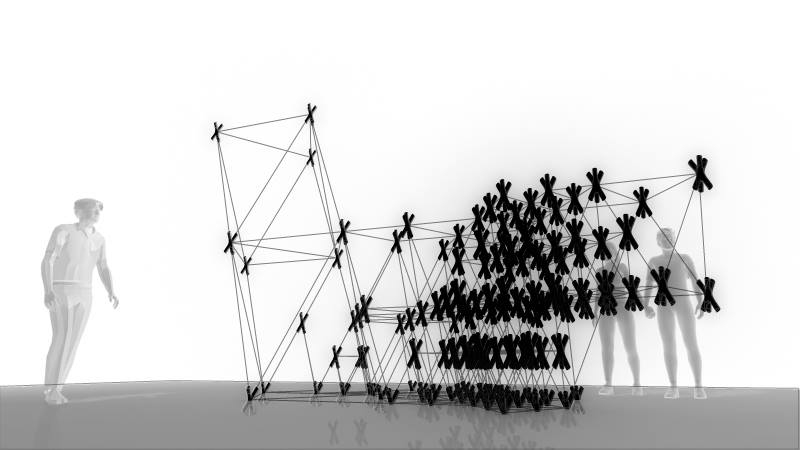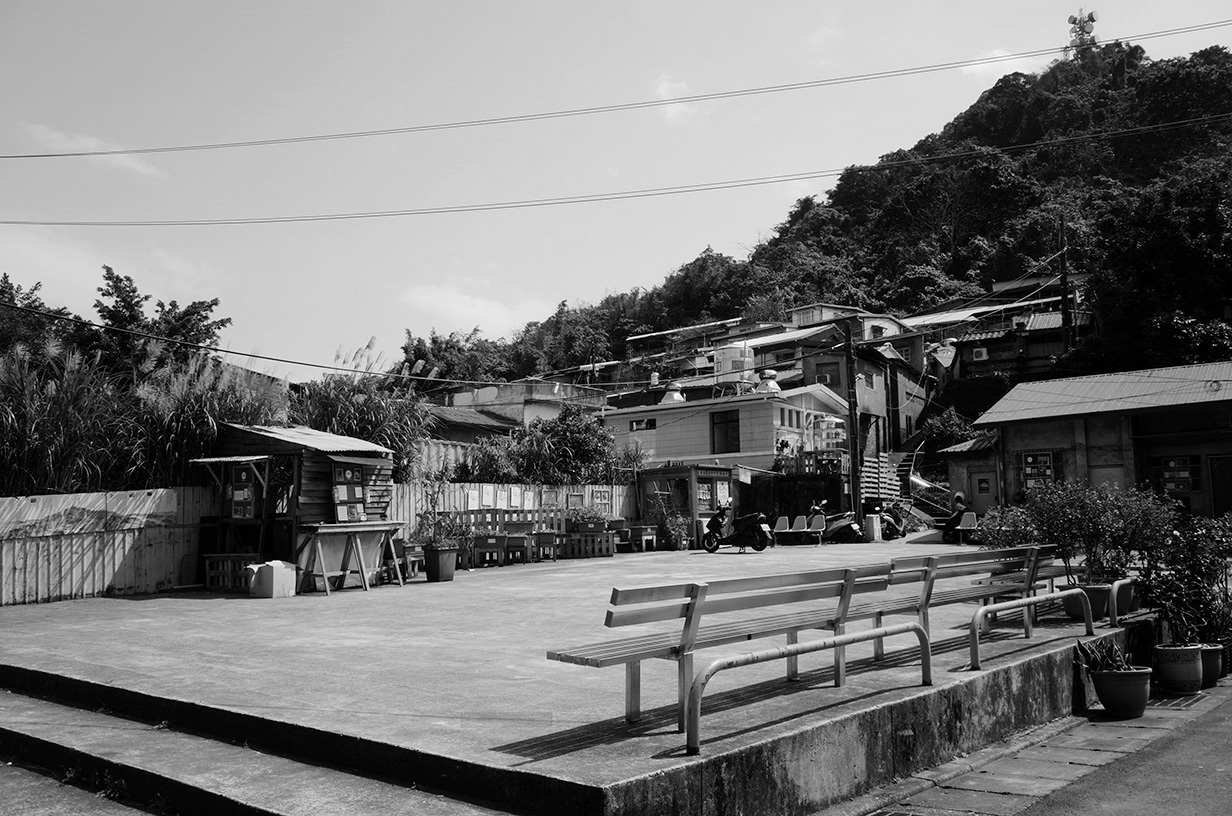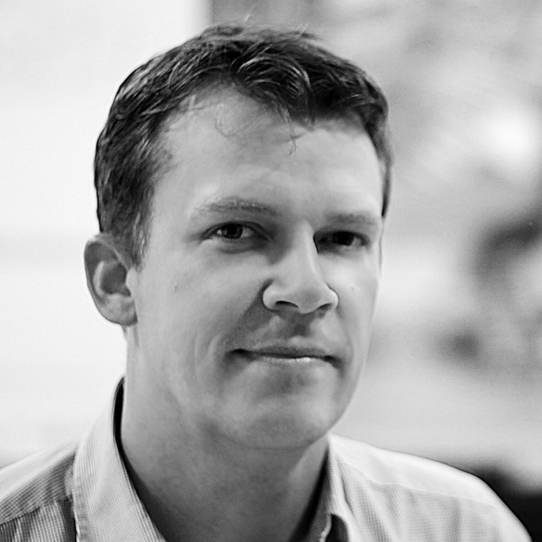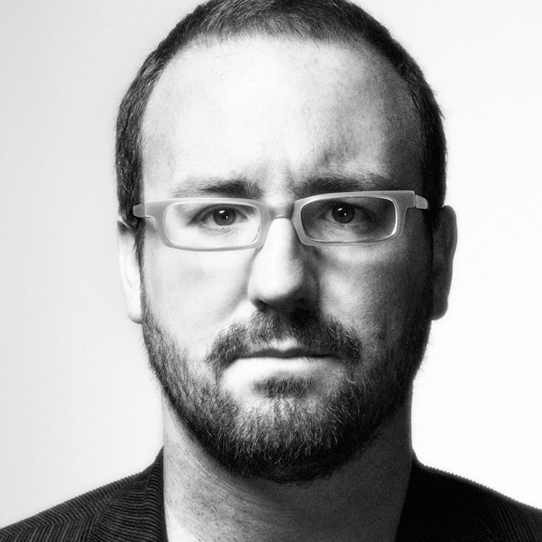S1-Flow
Instructor: Jeroen van Ameijde (NL/UK) +Luis Rodil-Fernández (SPN/NL)

AGENDA
We depart from a kinesiological understanding of space, where the body is the measure of what might be constructed and its potential for movement over time is the basis of form.
The human body is inherently spatial both in its actual biological substance and its physiological capacities: it is designed to move, view, hear, reach through its physical environment at much larger scales than its bounding box – humans are pro-active, explorative roaming creatures that engage with their environment. City spaces limit or enable the movements of bodies, buildings and public spaces are designed around the circulation of humans and their agency. The interaction between human movement and spatial environments is the basic principle of the negotiation between programs and users within the city.
The process we will engage with in this workshop is aimed at raising awareness and the questioning of the different mechanisms of control that urban spaces have over us, and the mechanism that we have to subvert and alter them. Through the analysis of movement and flow, we will evaluate the intended, unintended and subversive potential uses of space.
Through the mechanism of parcours, we will fast-track the probing of urban space from the perspective of dynamic human movement and appropriation, understanding the latent possibilities of the physical properties of urban landscapes for recreational, social and cultural activism.
Using technology to capture movement within the 3-dimensional domain of our urban laboratory, we employ a rigorous and creative generative design process to translate data into an installation that makes the invisible -visible. The installation will grow over time, as more data is gathered within the site, and will become an active participant in the experience and use of the very same data-space that it is based in. The result will be a installation that will provoke new insights and active participation by visitors to the site, an embodiment and stimulant of movement and flow.
SITE

We will work at the entrance plaza at the Huanmin Village at the foot of Toad Mountain, selected for its larger open space and access and visibility to visitor flows.
STUDIO CHALLENGE
See Agenda
WORKFLOW
Day 1-4 – test the process of capture human movement, translation and implementation of a site ‘installation’ using a really simple technique of lights, projections, rope or tape. (we focus on the conceptual implication and translation and not yet on the material system, -just putting something into the site at 1:1 scale)
Day 5-9 – re-run the same process with a pre-fabricated material system through iterative design and testing, evaluating within the site
WORKSHOP
A+B. Flow
Jeroen and Luis prefer to do a fully integrated and collaborative workshop instead of splitting into two separate ‘architect’ and ‘artist’ sections. We will supply participants with tools to deal with movement in the urban space as well as approaches at working with resulting data. We will address things such as unintended uses of urban spaces and the body as a measure of space.
refer to the workshop page
C. Fabrication and Assembly workshop
We consider the ‘fabrication and assembly workshop’ an integral part of the process set up earlier in phase 1, expanding the same process towards a more substantial material system and installation.
- What fabrication / material / multi-media / performative system students will be exploring?
This part of the workshop will be conducted by one large team, refining the steps of data gathering, translation through generative design, and the construction of a sitespecific and data specific installation. We will produce and implement a custom designed material system analogous to a ‘legokit’ which is designed to incorporate variable porosity and density. The material system will adapt to the dynamic and fluid movement trajectories captured within the space and highlight their characteristics at the real scale and site.
2. How students will be participating in this process?
Instead of implementing a fixed predetermined design, this phase of the workshop will be open ended and experimental with a crucial role for improvisation. Our installation design is fed by performative data based on the scanning of body movements in space, and will grow over time through the recapturing, testing and evaluation of movements in response to the installation as it materialises. While participants will be asked to specialise in certain tasks such as data management, site projection, node production and adjustment, construction management etc, all group members are exposed to all aspects of the workflow.
3. Fabrication challenge?
Through the critical analysis of performance aspects of the site, the installation and their mutually reinforcing relationship we will challenge ourselves to create a powerful and provocative installation that catalyzes movement and interaction within the urban domain.


